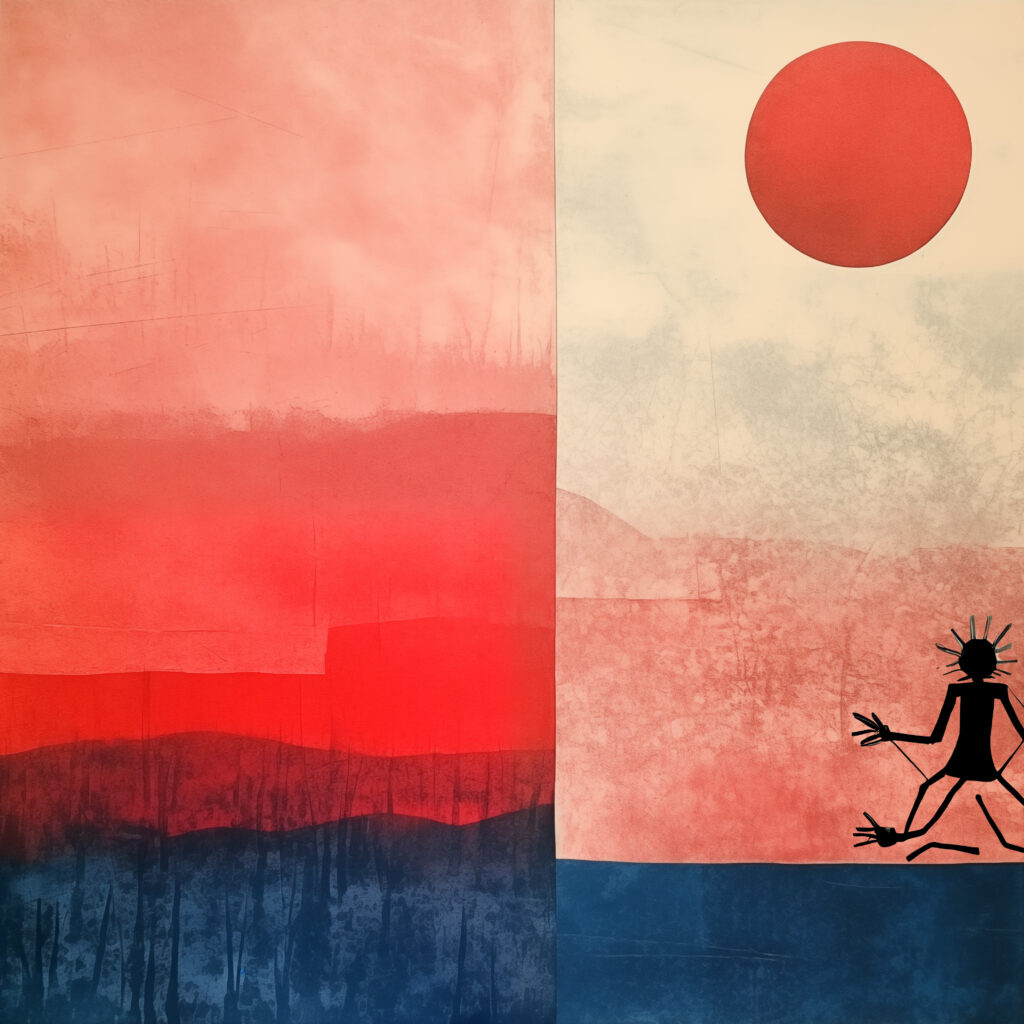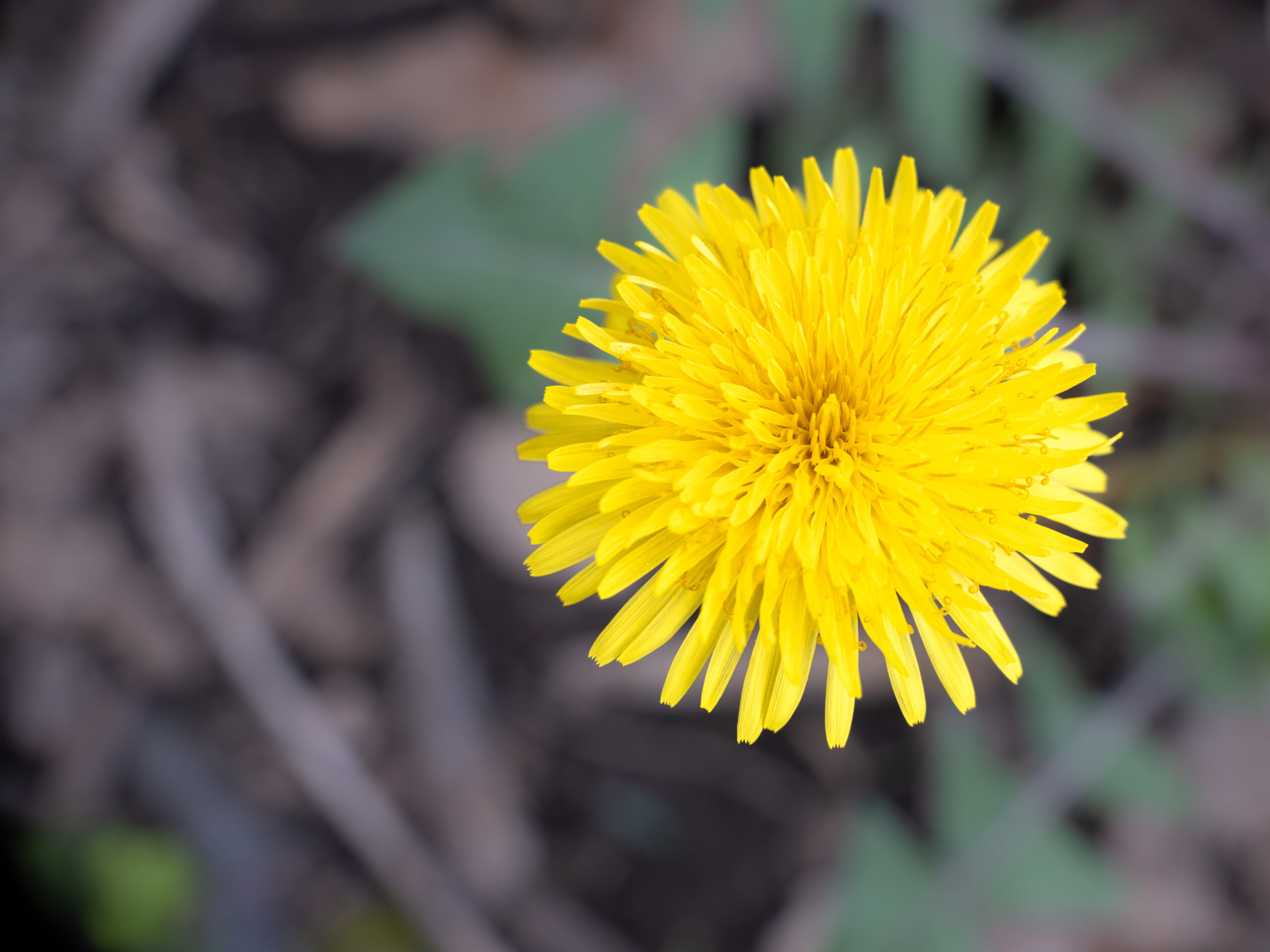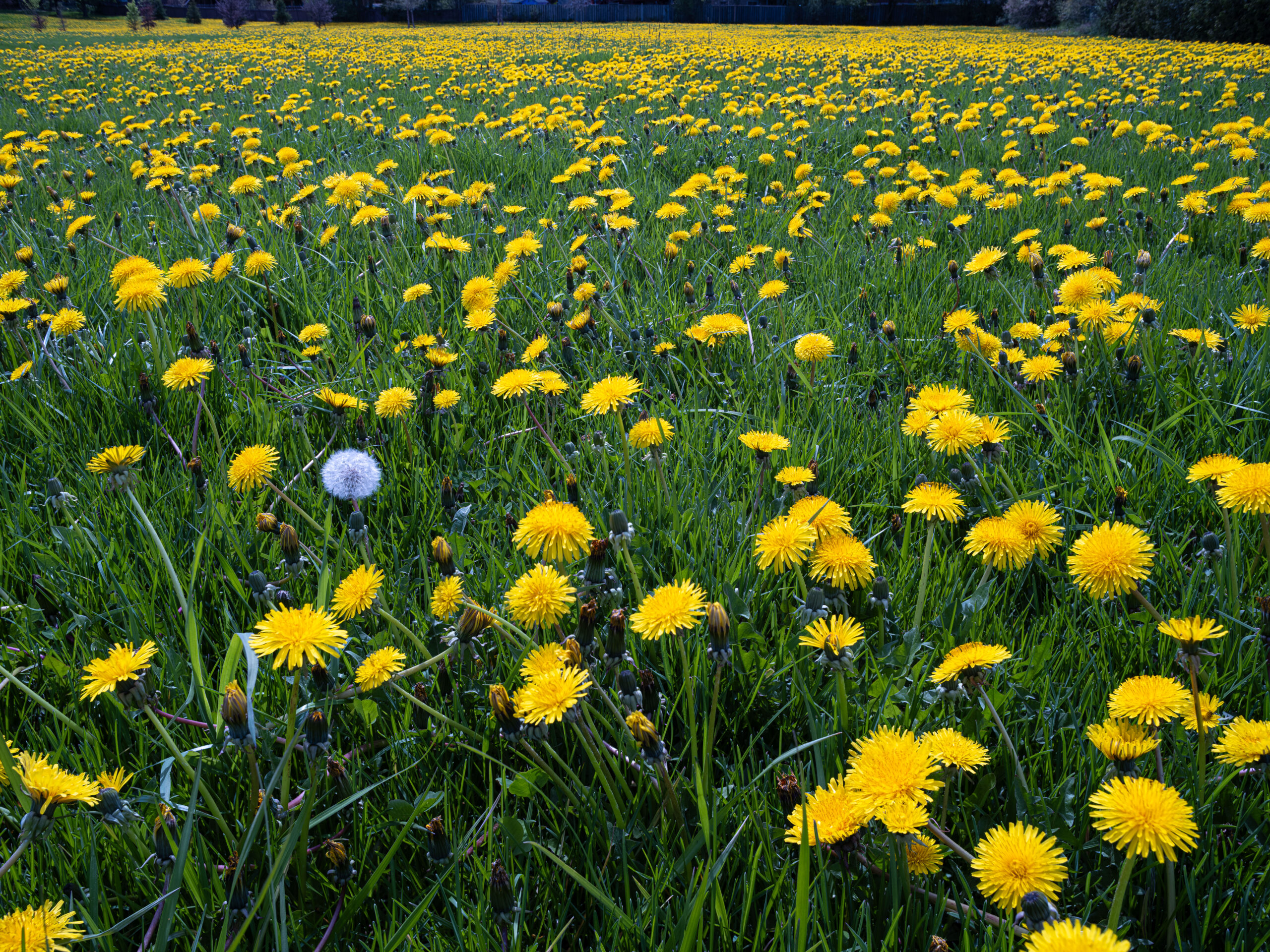Project Statement

In my lifetime I have witnessed ideas about equality, inclusion and diversity evolve into an integrated framework of principles that have increasingly become part of the fabric of our institutions of government, business, church and society.
But now, our efforts to level the Landscape of Inequality is facing significant resistance from several groups. Signs of resistance have been accumulating in recent years, such as the hostility toward migrants, marches supporting neo-nazi doctrines, accusations of “cancel culture” and replacement theories, among others. What is more concerning is the resistance is making its way into our political discourse and being normalized.
Meanwhile some who promote these principles have fallen into a trap of dogma. In response to the recent events of October 7, 2023, the failure of some universities, for example, to unequivocally denounce genocide, the rise of anti-semitism and Islamophobia, in part argued on DEI principles, suggests the trajectory has skewed off course to a place where the essence is lost.
My view is the attack on DEI isn’t about the principles themselves, but underlying issues of execution and trust. There has been a failure to recognise how different peoples respond to change. Do they see the need? Do they accept the solution? Are they ready or do they need more time? A failure to resolve such issues, and simply impose these principles, demonstrates a lack of respect of the integrity of those individuals, their feelings, their emotional connections to the past and culture.
Rather than investigate the plights of various marginalized groups, I want to step back and prepare a work that argues building respect and trust is the foundation of DEI and key to its acceptance and adoption. It is through this lens we can dynamically balance the competing and shifting forces among being diverse, as well as equal, as well as inclusive, avoiding division and encouraging cohesion.
I will use a collection of short, metaphorical stories, that leverage image and text, to express the narrative of the work. For example, a chapter about weeds may convey how our disrespect for this class of plants depreciates their important contribution to nature. I expect to explore many dozen metaphors from which I will select those that best express my point of view. This is an iterative approach.
I have available various analogue and digital technologies and tools, including generative AI. The final mix will be determined on a case-by-case basis.
An example of how I might proceed overall is my Monuments Project, which is a series of short stories collected over several years, about different sites, that form into a statement about monuments. Examples of how I might co-ordinate image and text are offered in 2023 Essays on Sunflowers and 2023 Essays from the Gaspé. I will draw on other works, such as The Park for content and/or background material.
While a new work, I expect to be leverage past research and study, including that cited above.
What is the story about?
At present, these are some of the options I am considering
- The equality of inequality
- What happens when you take DEI (Diversity, Equity and Inclusion) too far; Has DEI failed us? How to mess up a good thing.
- Isn’t the real issue “respect”? Respect for what the resistors are, not what we want them to be. When we express and feel respect, we are accepting of diversity; we are allowing it equity and including it within ourselves.
- What is the role of trust?
Candidate Log Lines
- Weeds (vs. “respectable” flowers): represent the marginalized; as plants subjected to gross inequalities and mis representations
- Dilapidated buildings, deconstruction, constructions: as metaphors for existing institutions, that are falling apart, that need to be torn down and rebuilt
- Boundaries / walls: metaphors of things that look good at first, but cross them / go too far and become ugly in and of themselves
- Monochrome, flat, homogeneous world without shape, form, character or individuality (e.g., buildings from modern downtowns from all over the world): to reflect a perfectly equality (where nothing is different and everything is the same)
- Discarded things: how taking DEI too far (rightly) give a voice / position to previously under-represented / -respect people or groups, but in doing so functions as a zero-sum game and thus the previously represented people are disqualified
- Monuments: they are active elements in a cultural landscape, as symbols / present & visible representations of historical inequalities / institutional injustices; Monuments often represent dominant cultural and historical narratives. The preservation of their history, culture, and identity. Monuments are active players in the ongoing narrative of a community’s effort to preserve their history, culture, and identity. As symbols of the preservation of a legacy (inequalities)
- Areas (Landscapes): upscale vs. slums, … how housing, art (monuments), design, style, protection of history and values, cleanliness, maintenance, intertwined within the broader fabric of urban inequality
- Agism:
- Fairness (when standing in line for a service)
- Cemeteries: the place where old ideas go to die.
Approach
- Use of various image capture technologies: iPhone, film, digital, full-frame, medium format, large format (4×5) with digital back; or do I use a single technology?
- Use of generative AI to supplement my mental/cognitive decline
- The differences among the technologies (and the use of AI) are a compensation to overcome “inequalities” (or deficiencies) in each one
- The Monuments project represents our changing relationship with norms; offers a benchmark of progress in terms of DEI
- The Sunflowers and Gaspé journal are examples of text and imagery
Affiliations
This work was inspired by a project with the same name offered through the CRUX Photography Research Network of the Arts University of Bournemouth.
Blog Posts
-
Dandelions

While there are species of dandelions native to North America [2][4], the one I see in my neighbourhood originated in Eurasia around 30 million years ago [4]. It was brought…
-
Weeds

The dandelion’s ability to adapt and proliferate, once valued, now casts it as unruly. Their unwillingness to stay within their space, and elbow themselves into our lawns and gardens, competing…
